3 ways to get comfortable with ambiguity
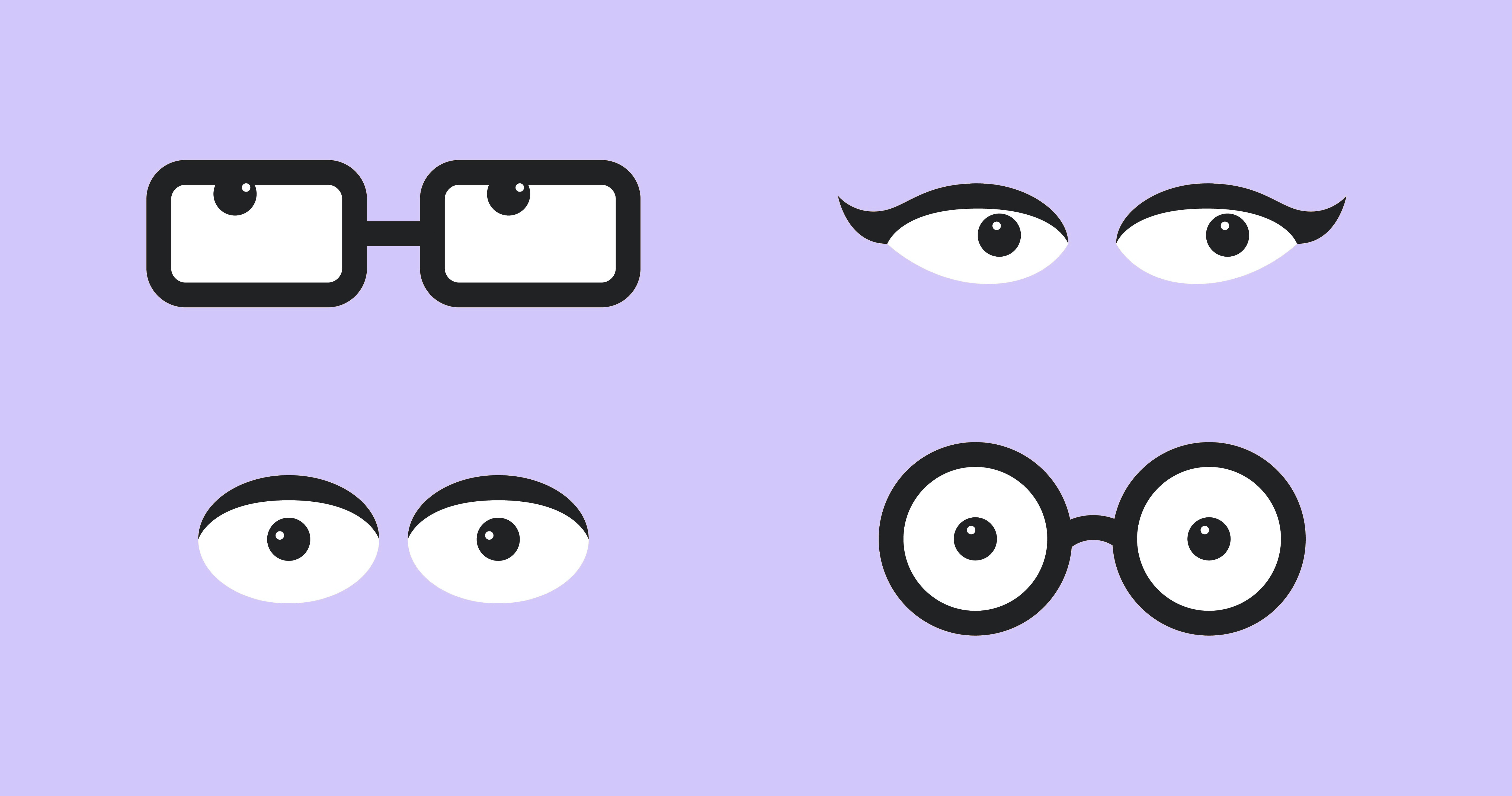
“Embrace Ambiguity.” It's a value we take very seriously here at IDEO. The phrase invites designers to go with the flow in the face of the unknown. On paper, the freedom sounds liberating. But in practice, navigating ambiguity can be downright stress-inducing.
From a very young age, we’re praised for knowing the right answer—and on the quick! But as designers, that’s almost never possible. Our job is to help create a future that is, by definition, uncertain; so we're forced to face ambiguity on every project. There are always times when we don’t know where to go next, don’t have an answer, or get stuck. So how do we deal? What are ways to get more comfortable with being uncomfortable?
Here are three things I’ve learned to help me remain calm in the face of uncertainty.
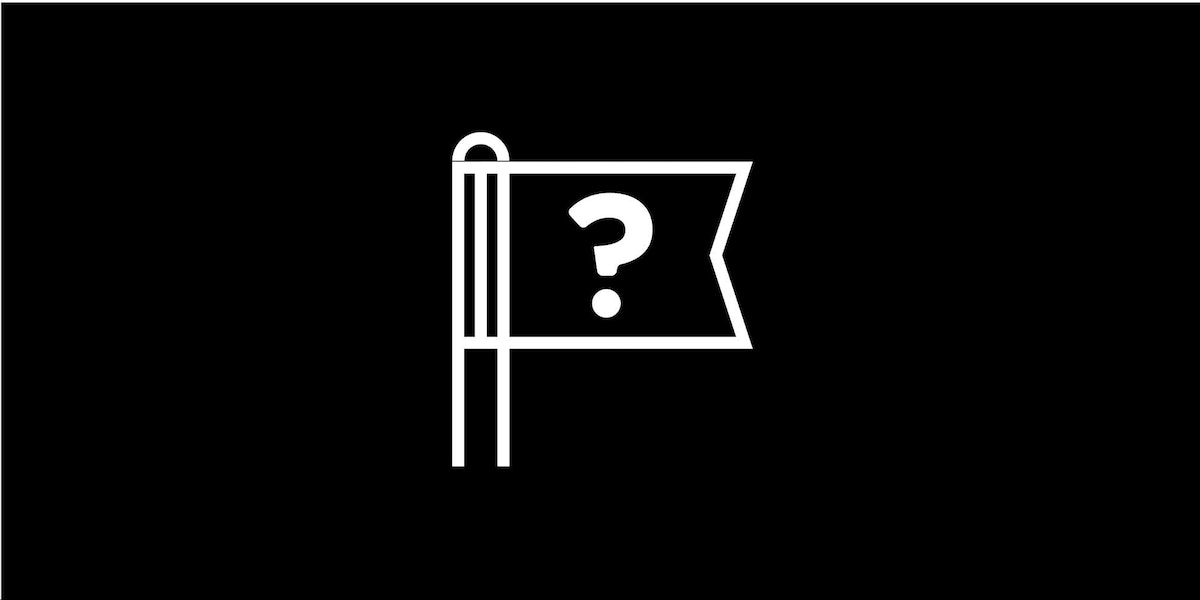
1. Plan to not know
Imagine you’re in a meeting, surrounded by important clients, when someone hits you with an unexpected hardball question. All heads turn to you, awaiting a brilliant response. You freeze up, your mouth goes dry. You know you should have an answer, but your mind goes blank.
Rather than going into a silent state of paralysis, take a breath and remember that you have an answer prepared for this very moment: “I don’t know yet.”
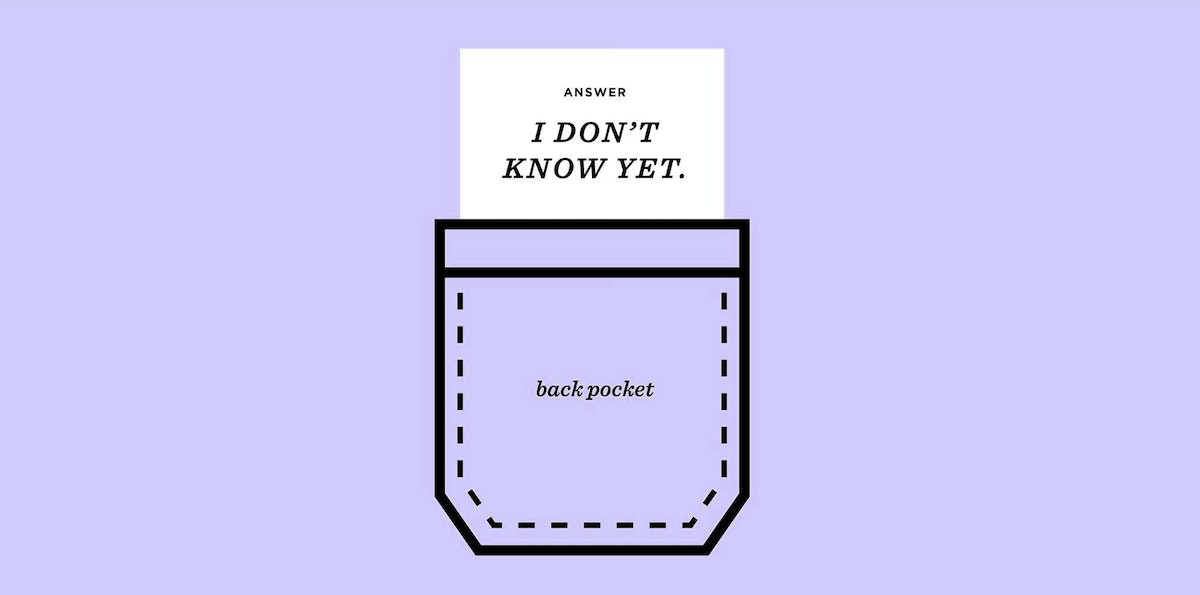
Obvious-sounding? Sure. Easy to own up to? Not so much.
I used to be afraid to say, “I don’t know yet,” because I thought I’d sound ill-equipped and uninformed. After all, our clients hire us to find answers, so to not have an answer when put on the spot can feel disconcerting.
But by allowing yourself to be vulnerable, you win trust. Owning the process makes you more credible as someone who’s calm and collected in the face of uncertainty. Because let’s be honest: No one has all the answers, not even the experts.
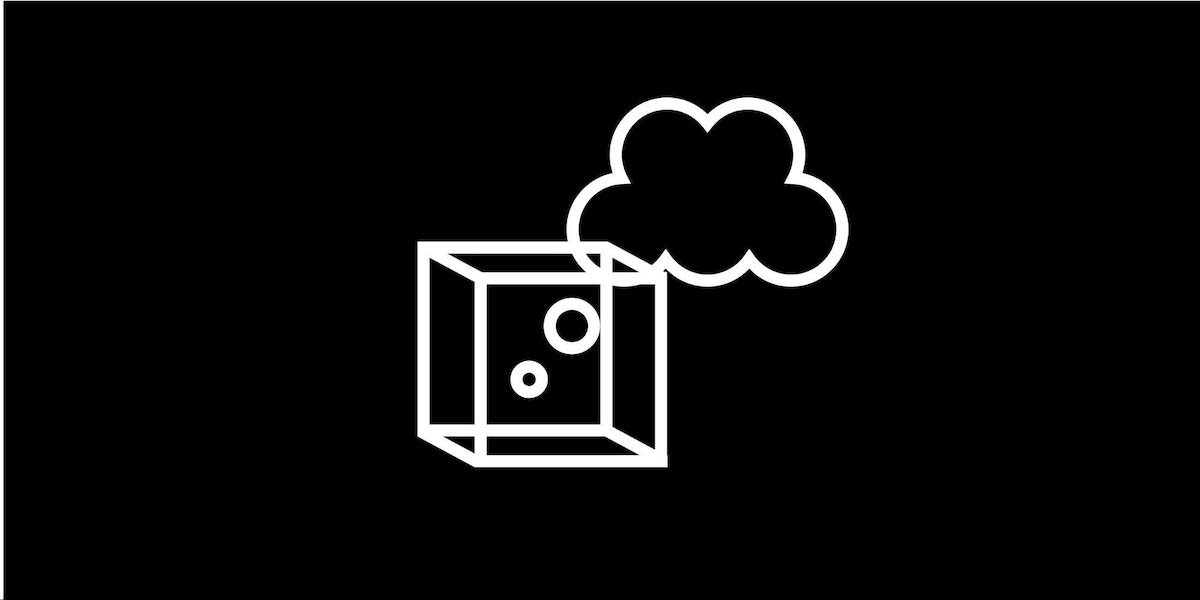
2. Shift from should to could
Let’s go back to the feeling in the meeting room when all eyes are on you and you feel like you should know what to do next (but don’t). You’re getting ready to go into panic mode.
Oh yes, I know the feeling well.
Ever since I was young, I felt the pressure to do things as they should be done. And that pressure has followed me through adulthood.
When I first started leading projects at IDEO, I often thought to myself:
“If I were smart enough, I should be able to impress the client with my answer.”
“If I were a great leader, I should know what to tell my team.”
“If I were talented enough, I should know exactly what to design next.”
Should, should, should. It’s the “shoulds” that block your way forward.
“Should” suggests that there is one way forward, which is a sure way to set yourself up for creative blackout — a high pressure situation where you must find the single, bright and shining solution. There is no one right answer.
So whenever I find myself questioning what should be, I remind myself to ask: what could be?

What could be is a springboard for generating new ideas, brainstorming options for what to do next. It takes me from a place of oppression to optimism.
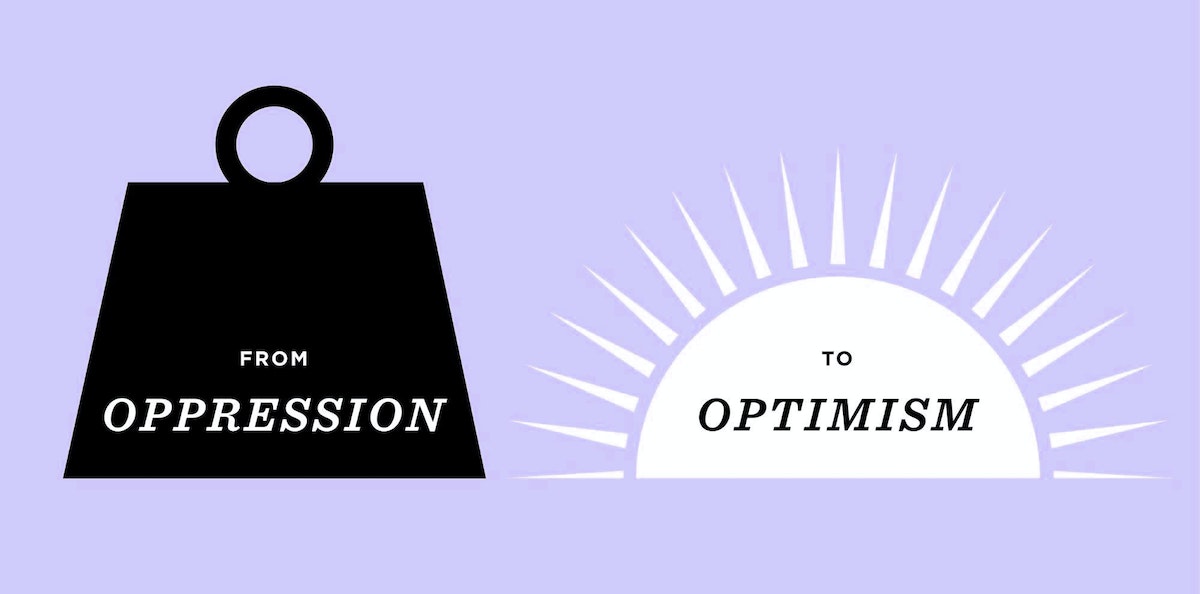
By shifting my mindset from should to could, I no longer have to come up with a single, right answer; instead, I have endless options for moving forward.

3. Change the context
Even when you are not under pressure, anxiety around not knowing the answer can find a way to creep in.
There are many times I’ve found myself glued to the screen, on the third cup of coffee, hardly stopping for a bite to eat. No matter how hard I try, it feels like I’m doing nothing more than pushing pixels around a screen.
How to get unstuck?
I have to force myself to remember that if I’m not getting anywhere (as hard as it may be to pry myself away from the screen), I need to stop, change my context, and gather new inputs.

Stepping away from the screen and focusing on something else for a while can bring fresh perspective to the problem.
Go for a walk, tour an art gallery, seek out a new experience that takes you out of your comfort zone. Invite another designer to look at your work and offer feedback, revisit stories from your research. By stopping and taking a step back, you create more mental space for unexpected sparks of inspiration to slip through.
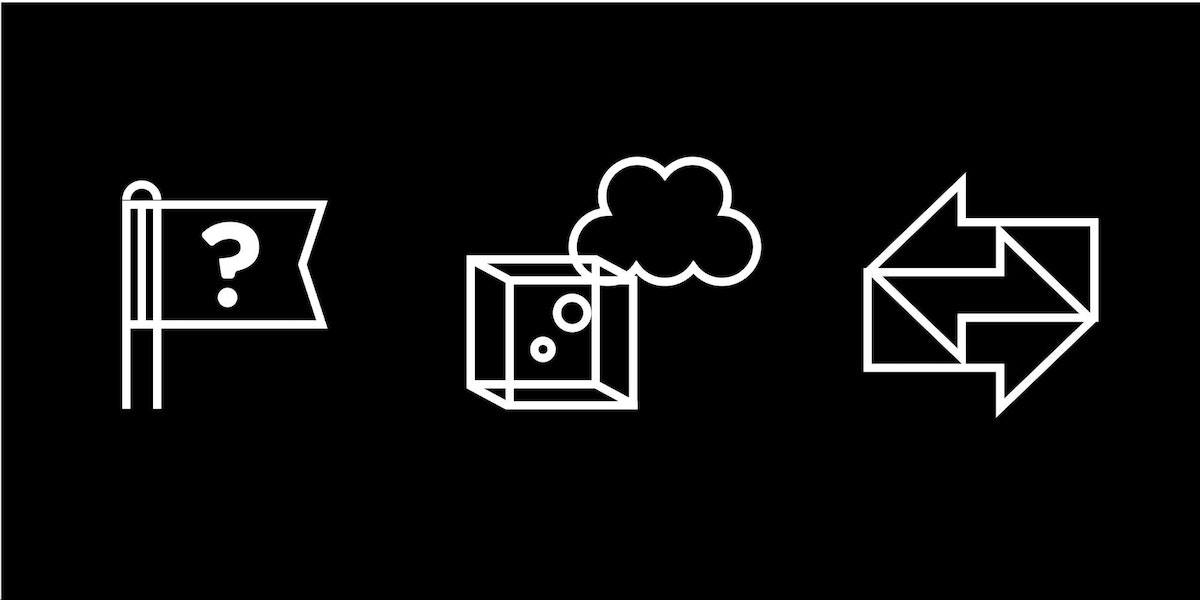
Sometimes the biggest barrier to finding a way through the darkness is the pressure we put on ourselves to have all the answers. To break through, make peace with the I don’t knows, the could bes, and take a step back in order to more confidently take a step forward.
Words and art

Subscribe

.svg)







